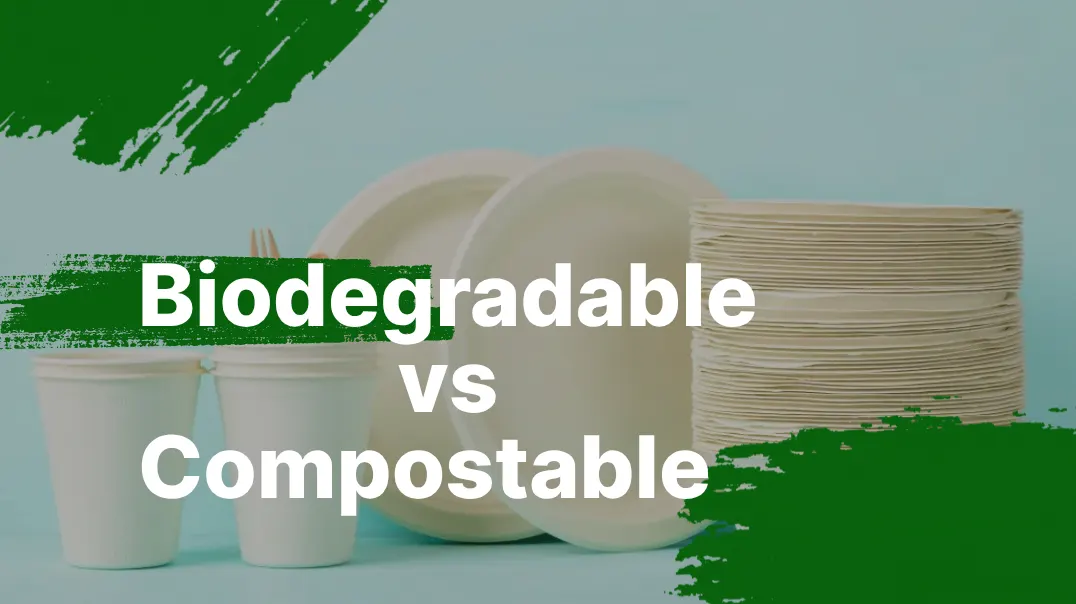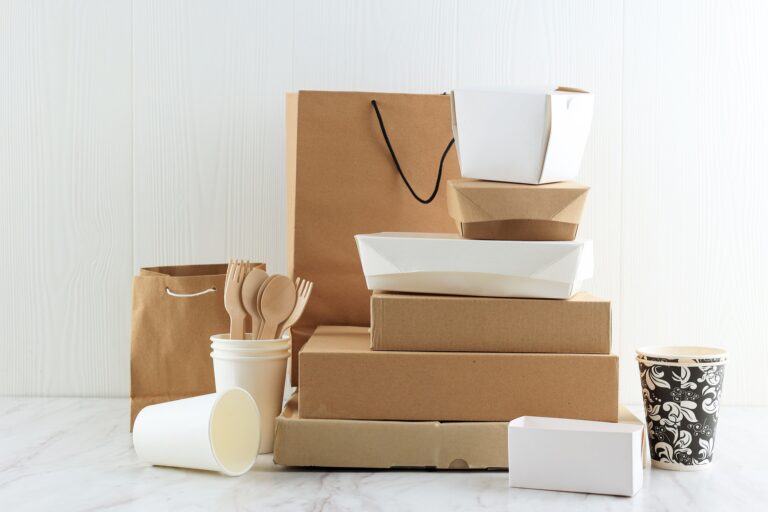Are you overwhelmed by eco-labels that promise sustainability? Confused when you see products marked as “biodegradable” or “compostable”? Are these terms just marketing tricks—or do they mean something real? Choosing between biodegradable vs compostable materials can be frustrating if you don’t know the key differences.
Biodegradable vs compostable is not a matter of language—it’s a matter of science and sustainability. These two terms describe very different processes, with different environmental impacts and disposal requirements. Knowing the difference helps you make smarter, greener decisions.
Understanding biodegradable vs. compostable is essential in a world flooded with green packaging and eco-friendly promises. Keep reading to learn what sets them apart, when to use which, and how to avoid falling for misleading labels.
Definition of Biodegradable: What is Biodegradable?
Biodegradable refers to any material that can be broken down into natural elements by the action of living organisms, particularly microorganisms such as bacteria and fungi. These organisms feed on the organic material, eventually converting it into water, carbon dioxide (or methane in anaerobic conditions), and biomass. The key aspect of biodegradability is that the degradation happens naturally without the need for human intervention.
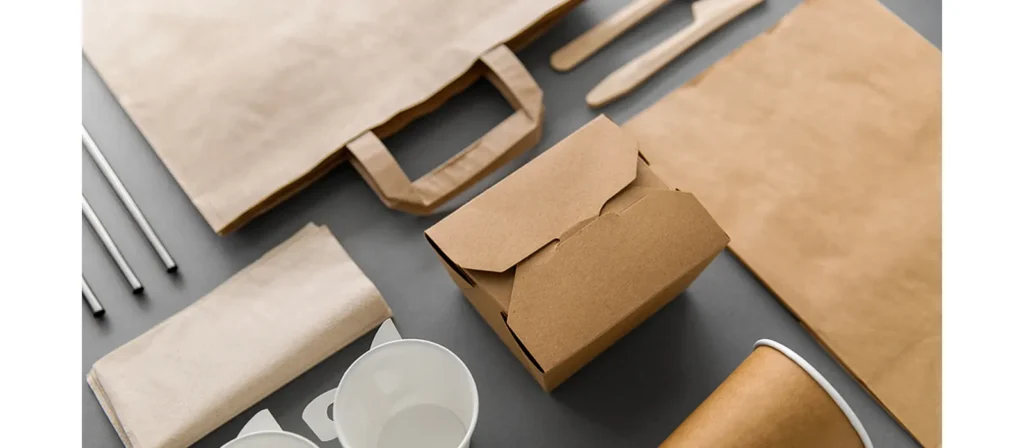
Common Examples of Biodegradable Materials
- Banana peels
- Wool sweaters
- Newspaper
- Cotton balls
- Wooden utensils
- Some bioplastics
- Cork
However, just because something is biodegradable does not mean it is environmentally benign. Many products labeled as biodegradable still require specific conditions to degrade and may leave behind microplastic residue or harmful substances.
Pros and Cons of Biodegradable Packaging
Pros
- Natural Breakdown: Biodegradable packaging decomposes over time, reducing visible waste.
- Broad Material Options: Made from a variety of natural sources such as starches and cellulose.
- Less Fossil Fuel Use: Typically made from renewable resources rather than petroleum-based plastics.
- Potential Compatibility: Some biodegradable materials can degrade in natural environments, making them useful where composting infrastructure is unavailable.
Cons
- Unregulated Term: Lack of global standards means anything that eventually breaks down might be labeled biodegradable.
- Variable Decomposition: Breakdown depends heavily on conditions—oxygen, temperature, moisture.
- Residual Pollution: Some biodegradable plastics leave behind microplastics or toxins.
- Landfill Ineffectiveness: In anaerobic landfill conditions, most biodegradable items do not decompose efficiently.
Definition of Compostable: What is Compostable?
Compostable materials are a subset of biodegradable materials, but with stricter requirements. For something to be classified as compostable, it must break down into non-toxic components (CO₂, water, inorganic compounds, and biomass) under specific conditions, usually within a predetermined time frame, and leave no toxic residue.
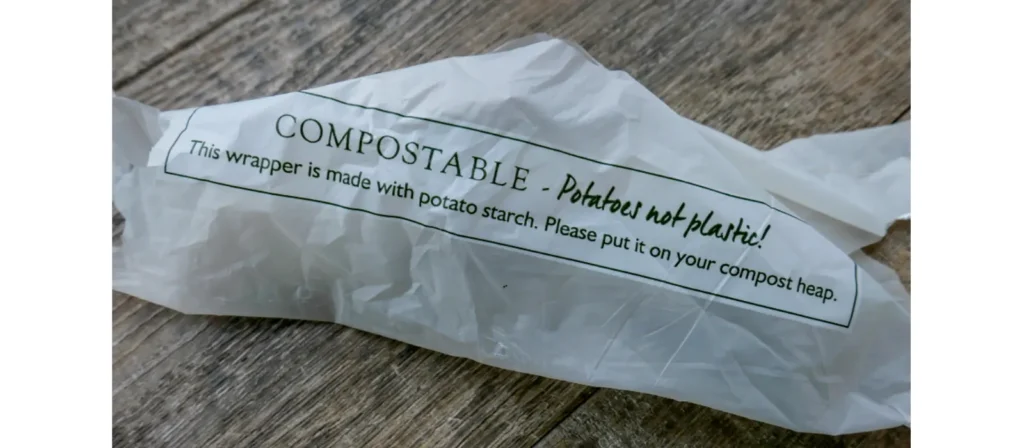
Common Examples of Compostable Materials
- Corn-based utensils
- Compostable food containers
- PLA (when certified)
- Compostable bags
- Coffee filters
- Uncoated paper plates
- Bagasse (sugarcane fiber packaging)
Pros and Cons of Compostable Packaging
Pros
- Environmentally Safe: Breaks down into non-toxic, nutrient-rich compost that benefits the soil.
- Certified Performance: Verified by third parties under strict standards.
- Supports Waste Diversion: Encourages composting practices and diverts waste from landfills.
- Reduced Greenhouse Emissions: Composting emits fewer greenhouse gases than landfilling biodegradable or plastic waste.
Cons
- Infrastructure Required: Needs access to industrial composting facilities in most cases.
- Incorrect Disposal Issues: When compostables end up in landfills or recycling, they cause contamination.
- Limited Durability: Short shelf life and low resistance to heat/humidity make them less practical for some packaging needs.
- Higher Costs: Generally more expensive than conventional plastic or biodegradable options.
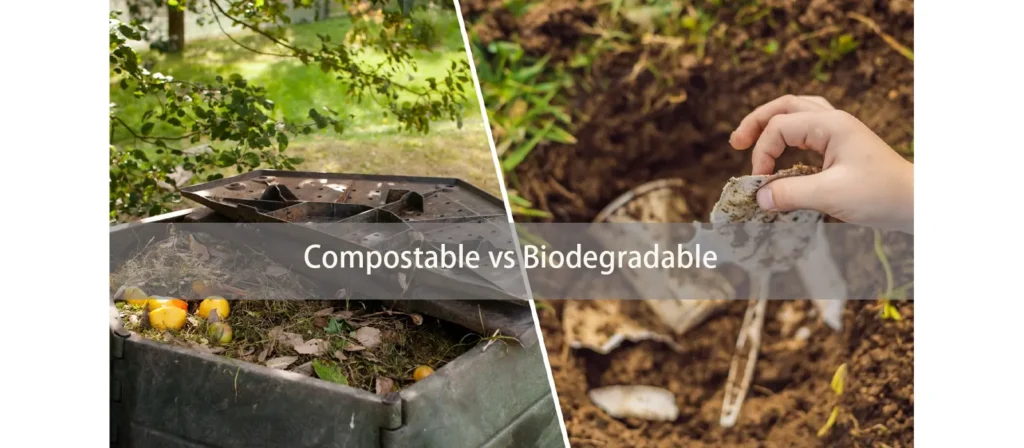
What is the Difference Between Compostable vs Biodegradable?
To understand compostable vs biodegradable, it’s necessary to break down the science and standards behind them.
1. Ingredients
Biodegradable:
Biodegradable packaging can be made from a range of materials—natural (like starch, paper, or cornstarch) or synthetic (modified petroleum-based plastics with additives). These ingredients are designed to eventually degrade through microbial action.
Compostable:
Compostable packaging is typically derived from plant-based resources like sugarcane, corn, or cellulose. Ingredients are chosen specifically for their ability to convert into compost under heat and microbial activity without releasing toxins.
2. Decomposition Process
Biodegradable:
The decomposition of biodegradable packaging occurs via natural microbial digestion, but the process is often slow and depends on environmental conditions. Decomposition can happen in landfills, oceans, or soils but may leave behind micro-residues or take years.
Compostable:
Compostable packaging requires a controlled composting environment. It undergoes a thermophilic process where microbes break down the material in a relatively short time frame, resulting in humus that enriches the soil. No harmful residue is left behind.
3. Degradation Time
Biodegradable:
The degradation time for biodegradable materials varies significantly. Depending on the product and the conditions:
- A biodegradable plastic bag might take 1–10 years.
- Natural materials like cotton may take a few months.
- In landfills, where oxygen and moisture are limited, even biodegradable items may persist indefinitely.
Compostable:
Compostable materials are designed for rapid decomposition under the right conditions:
- Industrial composting: Typically 90–180 days.
- Home composting: May take up to 12 months, depending on the temperature and compost pile management.
The timeline is usually guaranteed by certifications and standards, offering more predictable environmental outcomes.
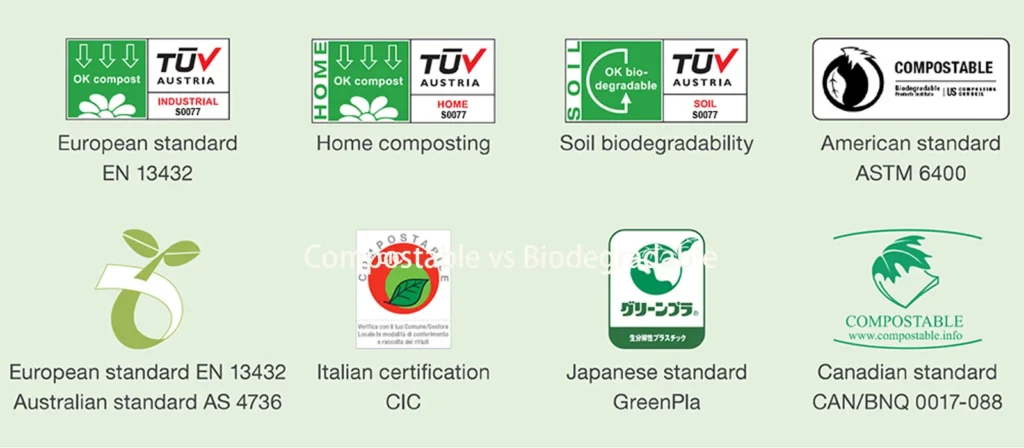
4. Certification Standards
Biodegradable:
There is no universally enforced certification for biodegradability. The term is loosely applied, and products labeled as biodegradable may not meet any formal standards. This opens the door for greenwashing and misleading environmental claims.
Some voluntary standards exist, such as:
- ASTM D5988 (soil biodegradation)
- ISO 14855 (aerobic biodegradation)
Compostable:
Compostable materials are subject to strict certifications that assess:
- Complete decomposition within a specific time frame
- No release of toxic elements
- No visible or distinguishable residues
Common certifications include:
- BPI (Biodegradable Products Institute)
- ASTM D6400 (U.S. standard for compostable plastics)
- EN 13432 (European compostability standard)
- OK Compost Home and Industrial (by TÜV Austria)
These labels help consumers identify trustworthy compostable products, reducing confusion and improper disposal.
5. Disposal Methods
Biodegradable:
Disposal can be tricky. While the idea is that these items can go “anywhere” and break down naturally, that is rarely the case. Best practices include:
- Industrial composting, if available (though not always compatible)
- Trash disposal, with awareness that landfills might not offer suitable decomposition conditions
- Avoid recycling, as they contaminate recycling streams
Improper disposal often means biodegradable items don’t degrade as advertised.
Compostable:
Compostable items should be:
- Sent to industrial composting facilities
- Disposed of in municipal green bins (where supported)
- Placed in home compost piles (only if certified home compostable)
Disposing compostables incorrectly—such as in recycling or landfills—negates their environmental benefits and contributes to contamination issues.
6. Environmental Impact
Biodegradable:
While designed to reduce plastic pollution, improper degradation can create microplastics or harmful emissions. Their benefits depend heavily on the disposal environment and whether they degrade fully and safely.
Compostable:
When processed correctly, compostable materials provide a net-positive impact by returning nutrients to the soil and reducing landfill waste. However, without infrastructure, their benefits may be unrealized.
Glossary of Biodegradable vs Compostable
| Term | Definition |
|---|---|
| Biodegradable | A material that breaks down naturally by the action of microorganisms into water, carbon dioxide (or methane), and biomass over time. |
| Compostable | A material that biodegrades into non-toxic, nutrient-rich compost within a specific timeframe under composting conditions. |
| Industrial Composting | A commercial facility that maintains high heat, moisture, and aeration to compost materials efficiently and safely. |
| Home Composting | A backyard compost system suitable for decomposing food scraps and select home-compostable packaging. |
| Oxo-biodegradable | Plastics with additives that accelerate fragmentation, often resulting in microplastic pollution. |
| PLA (Polylactic Acid) | A plant-based compostable plastic derived from corn starch or sugarcane, often used in packaging and utensils. |
| BPI Certification | A third-party verification that a product meets compostability standards under industrial conditions. |
| EN 13432 | European standard for industrially compostable packaging, verifying disintegration, biodegradation, and toxicity criteria. |
| Greenwashing | Misleading marketing practices that falsely present products as environmentally friendly without proof or standards. |
| Microplastics | Tiny plastic fragments resulting from the breakdown of larger plastics, posing environmental and health risks. |
Factors to Consider When Choosing Biodegradable and Compostable Packaging
Choosing between biodegradable and compostable packaging involves assessing multiple variables. Below are key factors every decision-maker should evaluate.
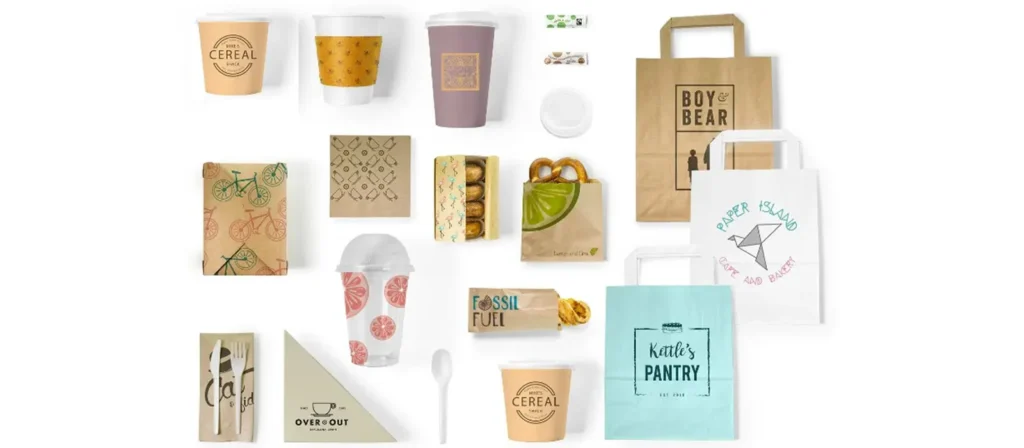
The Purpose of the Packaging
If the packaging is intended for short-term, single-use applications—such as takeout containers or shipping fillers—compostable materials may be ideal. For longer-term protection (e.g., during shipping or storage), biodegradable materials with a longer degradation window might be more suitable.
Product Type
Packaging needs to align with the characteristics of the product. Hot, greasy, or wet foods may require heat-resistant and moisture-barrier layers, which some compostable materials may not provide unless specially engineered. On the other hand, items like dry goods or light groceries may be well-suited for biodegradable paper or fiber-based packaging.
Product Shelf Life
Biodegradable and compostable materials generally degrade over time, even while in storage. If the product needs a long shelf life, ensure the material won’t begin breaking down prematurely due to humidity or light exposure.
Disposal Options
The real environmental benefit of eco-packaging depends on its end-of-life management. If your local waste system lacks composting infrastructure, compostable packaging may end up in landfills, where it decomposes poorly. In such cases, investing in biodegradable materials with fewer degradation constraints may be more pragmatic.
Cost and Availability
Compostable packaging often comes at a premium price, and availability may vary depending on region. Biodegradable options may offer cost advantages but require more scrutiny regarding certifications and degradation behavior.
Environmental Impact
While both options are better than conventional plastics, compostable products offer more predictable and beneficial outcomes when disposed of correctly. Always consider the complete lifecycle, including sourcing, manufacturing, usage, and disposal impact.
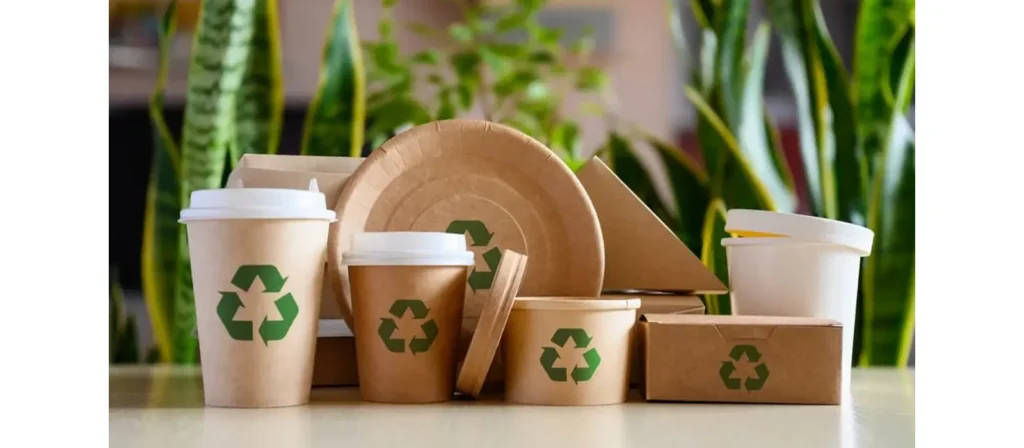
How to Choose the Best Biodegradable Packaging Products?
Selecting the right biodegradable product requires a combination of scientific understanding and practical application. Here’s how to make an informed choice:
- Verify Claims: Look for products backed by ASTM D6400, D6954, or similar biodegradability standards.
- Check Conditions for Breakdown: Understand whether it biodegrades in landfills, marine environments, or only in soil.
- Avoid Oxo-degradable Options: These often fragment into microplastics rather than fully degrading.
- Review Packaging Use Case: Ensure it fits your durability, flexibility, and storage needs.
- Demand Transparency: Prefer brands that disclose test results or provide life cycle assessments.
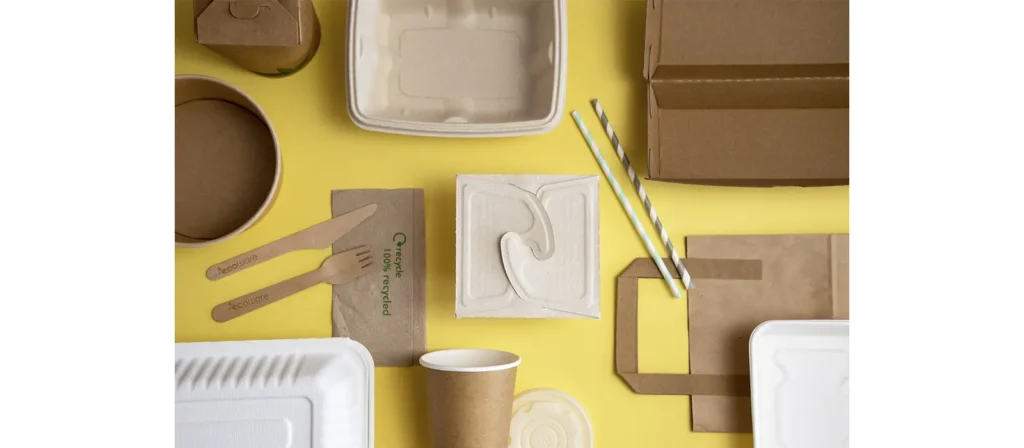
How to Choose the Best Compostable Packaging Products?
Not all compostables are created equal. For the best performance and least environmental burden:
- Look for Certification: Prioritize products with BPI, OK Compost, or EN 13432 certifications.
- Understand Composting Requirements: Some products require industrial composting, not suitable for home systems.
- Match with Disposal Options: Choose home compostable items if industrial facilities aren’t accessible.
- Assess Functional Needs: While compostables are more sustainable, not all can withstand high heat or prolonged moisture exposure.
- Check Labeling and Expiration: Some compostable items have a shelf life; be mindful of storage and usage timelines.
FAQs
- Are biodegradable items safe for the environment?
Not always. Some can leave microplastics or take decades to decompose, especially in landfills. - Can compostable items go in the recycling bin?
No. Compostable items contaminate recycling streams and should be composted separately. - How can I tell if something is compostable?
Look for certifications like BPI, ASTM D6400, or OK Compost. These indicate the product meets compostability standards. - Do compostables break down in landfills?
No. Landfills lack the oxygen and conditions needed for composting, so compostables won’t degrade properly there. - Are biodegradable plastics better than regular plastics?
Not necessarily. They still need proper disposal and may not break down fully in natural environments. - Can I compost at home without a facility?
Yes, but only some compostable products are suited for home composting. Items labeled “home compostable” will break down in backyard compost systems. Industrial-only products require commercial composting.
Conclusion
Understanding the distinctions between biodegradable and compostable is no longer optional—it’s essential. While both types of materials aim to reduce environmental harm compared to traditional plastic, they differ dramatically in how they are made, how they decompose, and what conditions are required for effective breakdown.
Biodegradable packaging is a step forward, but without proper conditions, it can fall short—sometimes even contributing to pollution. Compostable materials, on the other hand, offer a more circular lifecycle, returning nutrients to the soil, but only when properly processed.
Consumers, businesses, and governments must work together to build infrastructure, improve labeling, educate the public, and enforce certification standards. When done right, adopting biodegradable or compostable packaging is not just an eco-friendly trend—it becomes a practical and powerful part of a more sustainable future.

